DM-71 - Geospatial Data Conflation

Spatial data conflation is the process of combining overlapping spatial datasets to produce a better dataset with higher accuracy or more information. Conflation is needed in many fields, ranging from transportation planning to the analysis of historical datasets, which require the use of multiple data sources. Geospatial data conflation becomes increasingly important with the advancement of GIS and the emergence of new sources of spatial data such as Volunteered Geographic Information.
Conceptually, conflation is a two-step process involving identifying counterpart features that correspond to the same object in reality, and merging the geometry and attributes of counterpart features. In practice, conflation can be performed either manually or with the aid of GIS with varying degrees of automation. Manual conflation is labor-intensive, time consuming and expensive. It is often adopted in practice, nonetheless, due to the lack of reliable automatic conflation methods.
A main challenge of automatic conflation lies in the automatic matching of corresponding features, due to the varying quality and different representations of map data. Many (semi-)automatic feature methods exist. They typically involve measuring the distance between each feature pair and trying to match feature pairs with smaller dissimilarity using a specially designed algorithm or model. Fully automated conflation is still an active research field.



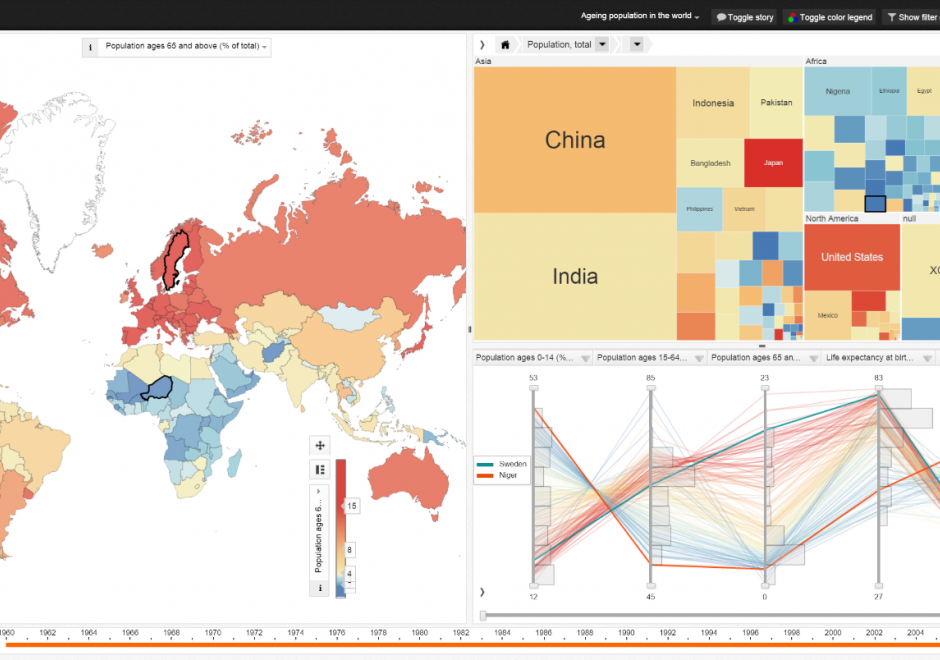
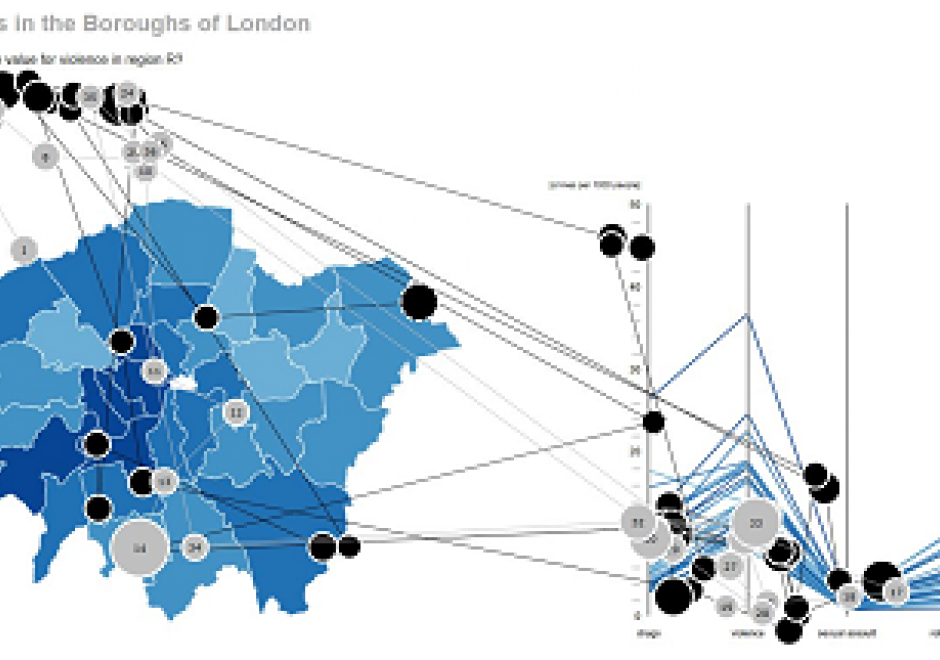
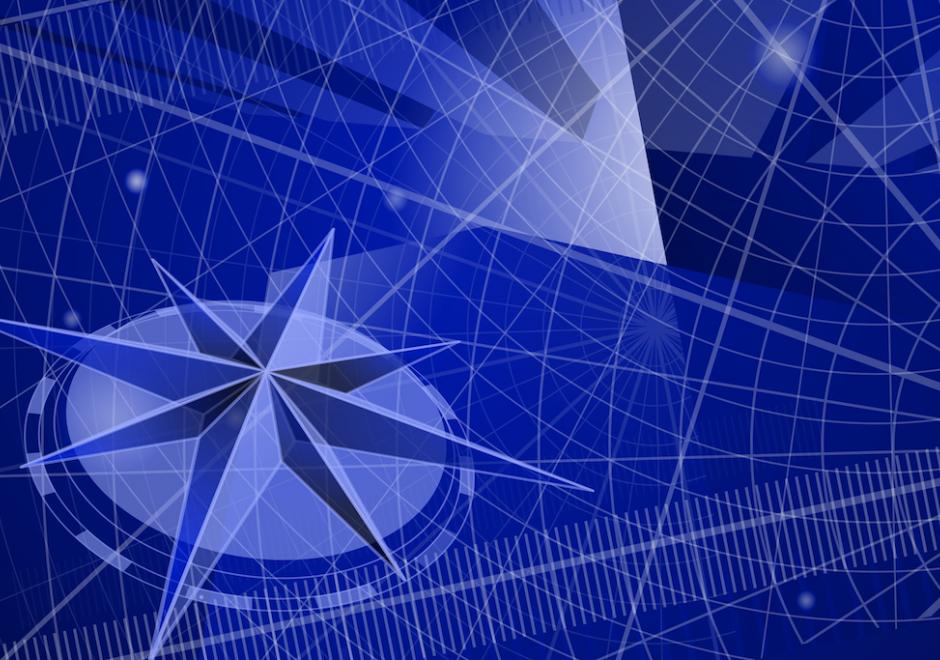
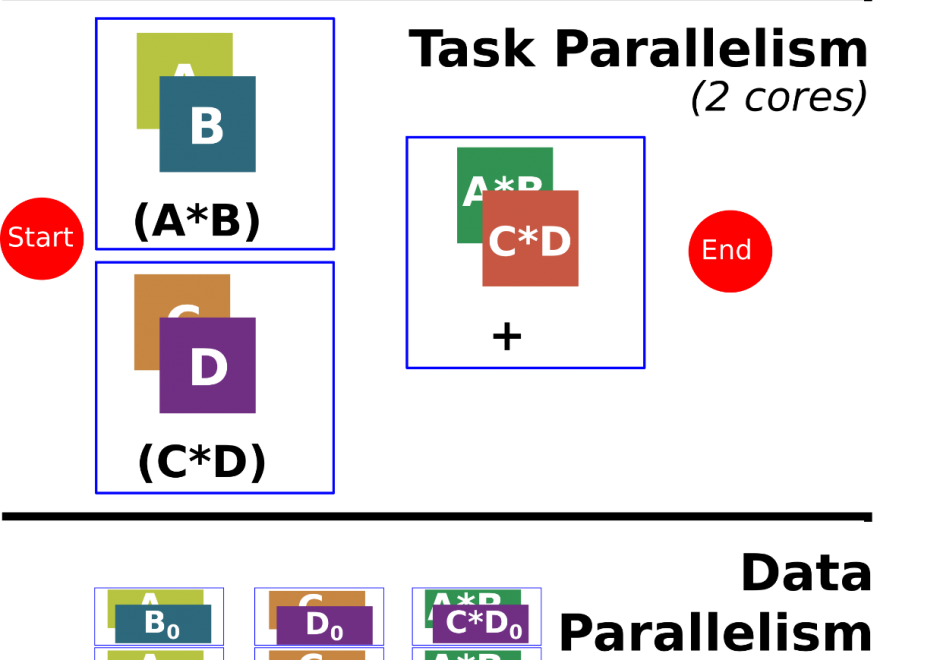
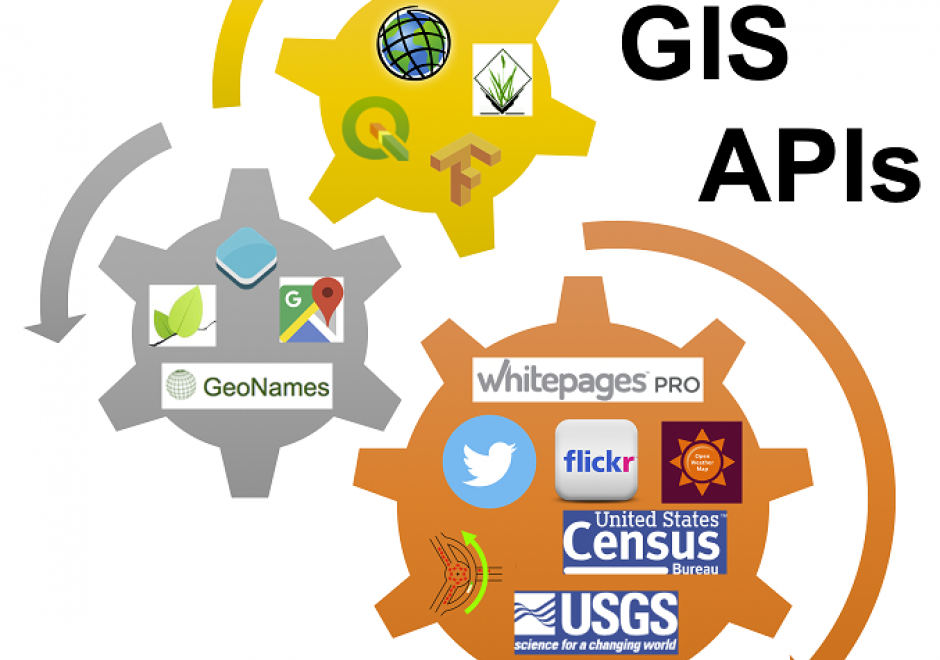
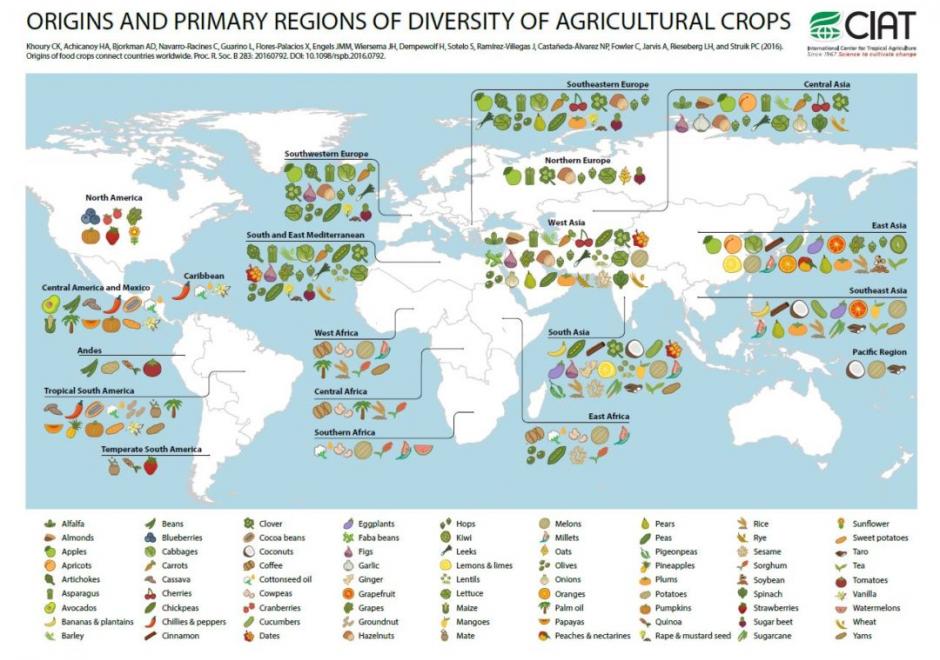
DC-30 - Georeferencing and Georectification
Georeferencing is the recording of the absolute location of a data point or data points. Georectification refers to the removal of geometric distortions between sets of data points, most often the removal of terrain, platform, and sensor induced distortions from remote sensing imagery. Georeferencing is a requisite task for all spatial data, as spatial data cannot be positioned in space or evaluated with respect to other data that are without being assigned a spatial coordinate within a defined coordinate system. Many data are implicitly georeferenced (i.e., are labeled with spatial reference information), such as points collected from a global navigation satellite system (GNSS). Data that are not labeled with spatial reference information can be georeferenced using a number of approaches, the most commonly applied of which are described in this article. The majority of approaches employ known reference locations (i.e., Ground Control Points) drawn from a reliable source (e.g., GNSS, orthophotography) to calibrate georeferencing models. Regardless of georeferencing approach, positional error is present. The accuracy of georeferencing (i.e., amount of positional error) should be quantified, typically by the root mean squared error between ground control points from a reference source and the georeferenced data product.